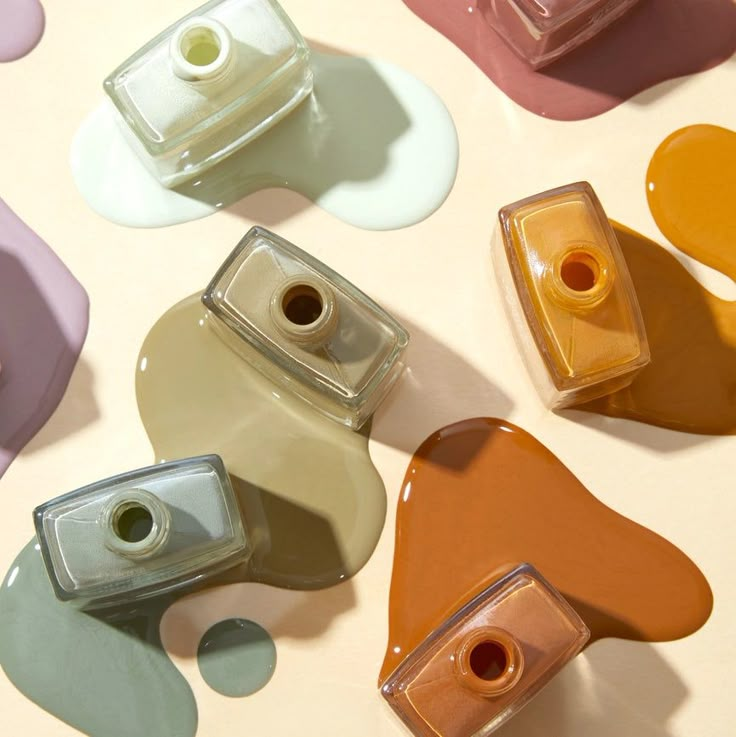Lately, a few key terms have been gaining traction online, and now is the perfect time to dive into them. If you’ve been following trends in the pedicure and nail salon industry, you’ve likely encountered the buzz around “Medical Pedicures” (often called medi-pedis) and “Sanitary Pedicures.”
This growing interest reflects a broader shift in the spa and wellness industries, where there is an increasing demand for medical-grade spa experiences. These experiences require providers to possess specialized skill sets, prioritize hygiene and sanitation, and adhere strictly to industry best practices and standards.
In this article, we will explore Sanitary Pedicures in depth—what they are, why they matter, how they are performed, how to recognize sanitary practices in salons, and what questions to ask before booking your next pedicure.

What Is a Sanitary Pedicure and Why Is It Important?
When it comes to pedicures, hygiene is paramount. A sanitary pedicure is a nail care service that prioritizes cleanliness to prevent the spread of fungal and bacterial infections, which can have serious long-term health consequences if left unchecked. In today’s environment, choosing a reputable salon that practices proper hygiene is more important than ever.
Key Components of a Sanitary Pedicure:
- Proper Sterilization of Tools: All reusable tools should be thoroughly sterilized between clients using an autoclave or another approved sterilization method to kill any bacteria or pathogens.
- Use of Disposable Items: Single-use items such as liners, files, and buffers should be discarded after each use to prevent cross-contamination between clients.
- Safe Handling of Foot Baths and Water: Foot baths should be cleaned and disinfected between clients, and the water should be changed for each new client to avoid the risk of spreading infections.
- Sanitary Pedicure Bowls: Salons should use sanitary pedicure bowls, like free-standing pedicure bowls, which are easy to clean and don't have jets or hard to reach crevices that breed bacteria.
- Cleanliness of the Salon Environment: The entire salon should be visibly clean and well-maintained, with regular cleaning routines in place to ensure a sanitary environment.
 PC: @thewnailbar
PC: @thewnailbar
Signs of a Hygienic Nail Salon
Whether you’re a customer seeking a safe pedicure experience or a salon owner looking to communicate your commitment to high hygiene standards, it’s important to know the tell-tale signs of a hygienic nail salon.
- Proper Disposal of Single-Use Items: Items that cannot be sterilized should be disposed of after each client to prevent the spread of germs.
- Compliance with Local Health Regulations: The salon should comply with all local health regulations, including posting their licenses and sanitation protocols visibly.

Questions to Ask Before Scheduling Your Pedicure
To ensure that a new salon meets sanitary pedicure standards, it’s always a good idea to ask questions before booking your appointment. Unless these details are explicitly stated on their website or booking platform, take the time to call and speak with someone directly.
Here are some key questions you can ask:
- What are your sterilization procedures? Understanding how tools and equipment are sterilized can give you peace of mind.
- Do you use disposable items like liners, files, and buffers? Confirm that the salon uses single-use items where appropriate.
- What kind of foot bath do you use, and what are your cleaning procedures? Ensure that foot baths are cleaned thoroughly between clients.
- What are your protocols for infection control? This question helps you gauge the salon’s overall commitment to hygiene.
Sanitary pedicures are not just a passing trend—they are a critical component of maintaining your health and well-being during nail care services. From proper sterilization to the use of disposable items and maintaining a clean salon environment, each aspect of a sanitary pedicure is designed to protect you from potential infections and to provide a safe, relaxing experience.
When selecting a nail salon, always prioritize hygiene and don’t hesitate to ask questions about their practices. Being informed and vigilant ensures that you can enjoy your pedicure with complete confidence, knowing that your health is in good hands. So, the next time you book a pedicure, remember to prioritize cleanliness and choose a salon that upholds the highest hygiene standards—because your health deserves nothing less.


